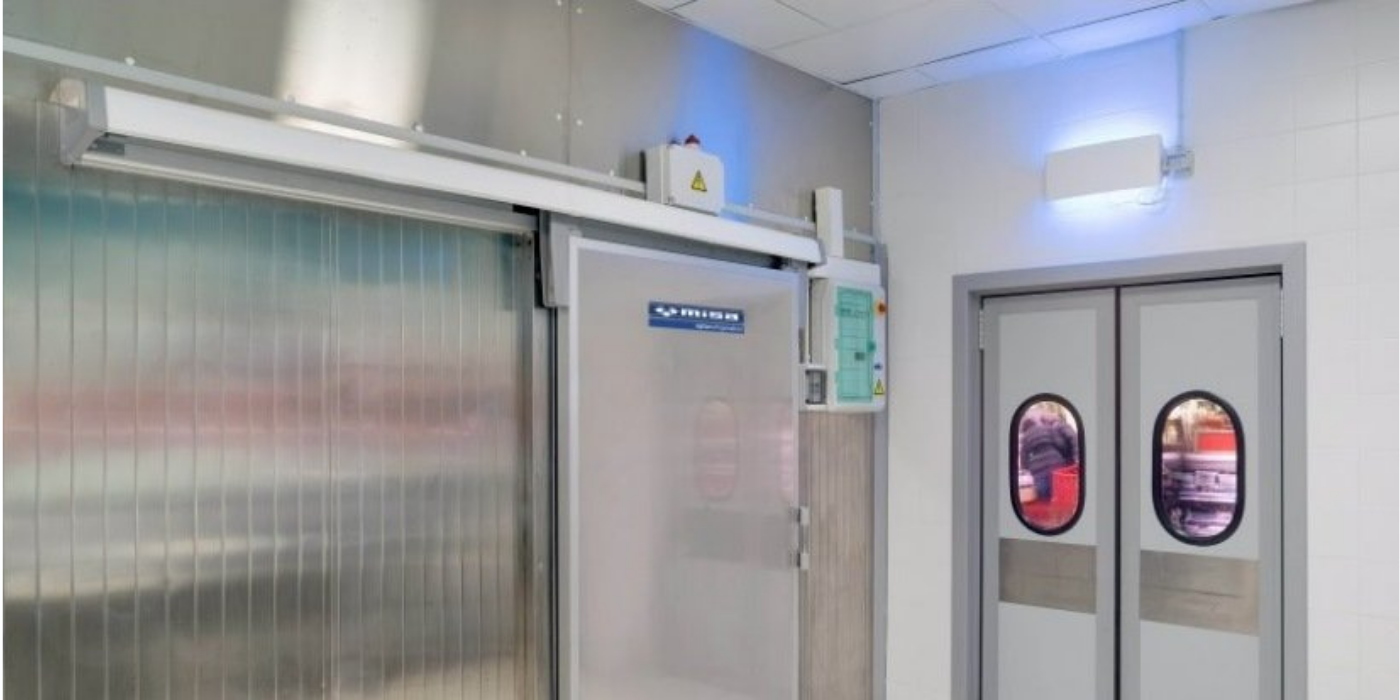What makes Misa coldrooms different from other coldrooms?



You already know the different practical applications of a coldroom. But at this point, you may be interested in discovering the technologies behind the Misa panels, because it is not enough for you to know that something works well: you want to understand why it works well. In the case of Misa, the answer is pretty simple. The combination of different, sophisticated technologies makes them unique: the plastic panels, non-toxic and eco-friendly, with insulation foam; the eco-friendly blowing agent; the Dow Pascal™ Pro technology; and Epta’s continuous research and development work, especially in the field of sustainability.
Sustainable innovations and solutions: this is the secret for Epta’s success. This also applies to Misa coldrooms. Thanks to the plastic coating, the sheet metal panels are extremely robust and impact resistant. In addition, they do not absorb odours or liquids. As for insulation, the expansion of the polyurethane takes place with pentane, an eco-friendly agent injected into the panels. The result is a particularly smooth surface and a foam that adheres so well to the surface that there are no polyurethane leaks and the working area always remains clean. Thanks to this process, there are also no volatile substances, as it can happen with other foams – yet another major advantage for hygiene and the environment.
As we have said before, pentane is used as a blowing agent to produce insulation foam. Its molecules are easily degradable and do not create any damage to the ozone layer covering our atmosphere. This is why Epta has decided to exclusively use pentane. The result is a very fine and uniform foam that improves the insulating properties of coldroom panels. Misa then worked on the best way to produce such foam. The result is the Dow Pascal™ Pro technology. Thanks to this technology, the injected foam has a very fine molecular structure and adheres particularly well to the panels – and this greatly improves their thermal insulation. To put it in figures, the insulation is 11% better than with panels produced without Dow Pascal™ Pro. And the less heat enters the coldroom from the outside, the less energy is required for its cooling.
But the Dow Pascal™ Pro technology also has a very positive effect on the ecological balance of the Misa panels. Thanks to the use of this technology, the company is able to reduce its CO2 emissions during production by around 156 tonnes per year. And this is just one of the results of Epta's constant research and development work. Over the past five years, the Group has invested a total of more than 50 million euros in this area. In 2017 and 2018, around 400,000 euros were invested in the further development of Misa's coldroom. Just to give you an example, Misa is working on ways to further reduce energy consumption in the production of coldroom panels, for example with thinner panels. At the same time, the goal is to ensure that the coldrooms produced consume less and less energy. To this end, Misa is constantly looking for new methods to further improve insulation.